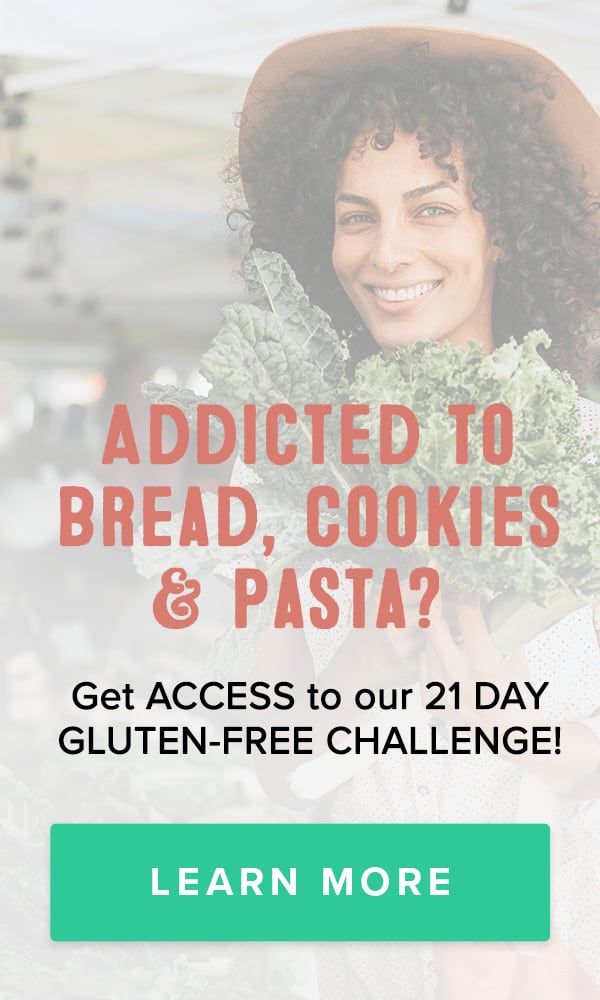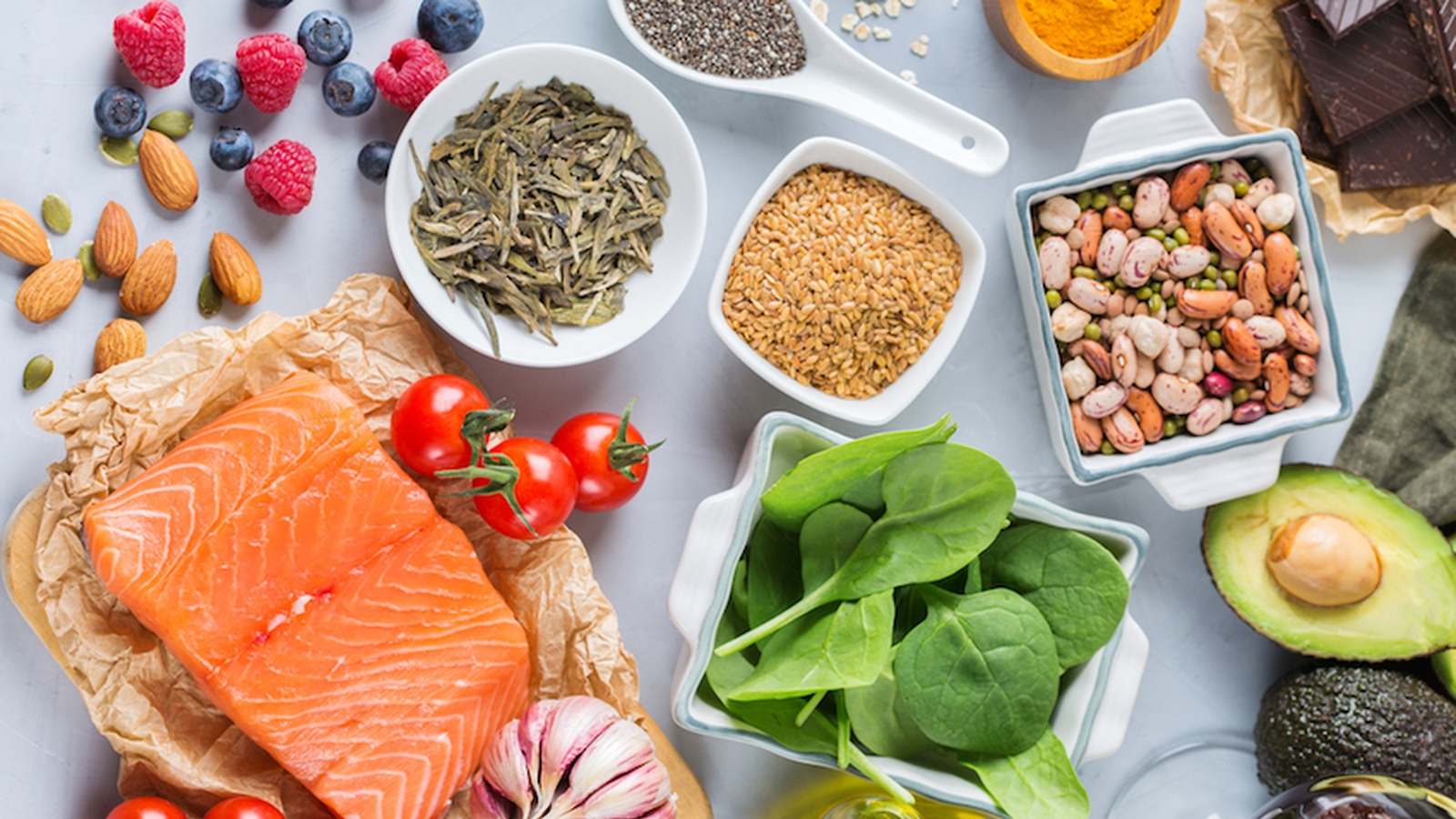Is Your Food Giving You A Cold Sore? Plus Tips On Using Food To Fight Recurring Infections
Do you regularly get cold sores? Do you find that it flares up at certain times of the year? Have you been able to pinpoint what it is causing your outbreaks?
It just may be the foods that you're eating could be causing the virus to flare up.
Cold sores, also known as herpes, are recurrent viral infections that are caused by the Herpes Simplex Virus (HSV). There are two forms of the virus - HSV-1 and HSV-2. HSV-1 generally appears on the mouth or around the nose, while HSV-2 appears below the belt. However, it is also possible to have genital infection with HSV-1 and oral infection with HSV-2.
Did You Know Almost Everyone Has HSV-1?
Approximately 90% of adults carry the virus, however it is not uncommon to never have symptoms. The first cold sore often appears years later after the initial infection, or never at all. Even without symptoms, infected people can still actually transmit the virus, which occurs through body secretions such as saliva.
They look like a pimple, just WORSE!
The most common symptom is the painful sore that can appear any where from the lips to the nostrils (or in the genital area), often taking around two weeks to heal. Not only is the blister painful but it can also impact on a person's self esteem. From avoiding that date night you had planned, to not even wanting to leave the house. Other symptoms can include fever, tingling, itching, irritability and loss of appetite.
Although stress is a well-known trigger for HSV outbreaks, did you know your food could be playing a role?
Have you heard about the amino acids lysine and arginine?
Lysine is an essential amino acid, which means our body cannot make it on its own and therefore we need to obtain it from the foods we eat. On the other hand, arginine is a non-essential amino acid, which means our body naturally manufactures it. Unfortunately for cold sore sufferers, arginine is said to promote the replication of the herpes simplex virus. Where as lysine, exhibits antiviral effects by blocking the activity of arginine.
So what can you do?
Start consuming foods high in lysine and low in arginine. Remember, it is all about the ratio.
Food high in lysine and low in arginine that should be increased include:
- Avocado
- Fish
- Eggs
- Organic plain yogurt
- Organic milk
- Goat's milk
- Cheese
- Good quality whey protein
- Protein – especially beef, poultry, duck, lamb and turkey
- Most fresh fruit and vegetables especially mangoes, pears, figs, beetroot and papaya
Foods high in arginine and low in lysine that should be eliminated during an outbreak and reduced overall include:
- Whole wheat & white flour
- Lentils
- Nuts and nut butters
- Gelatin
- Chocolate and carob
- Brown rice
- Beans
- Oats
- Vegetable protein powders
As you can see, some of the foods high in arginine are also highly nutritious and avoiding them altogether could impact your overall health. However, if you are getting regular cold sore outbreaks and you believe food is playing a role, cutting back on arginine-rich foods and increasing foods high in lysine may help to reduce further outbreaks.










